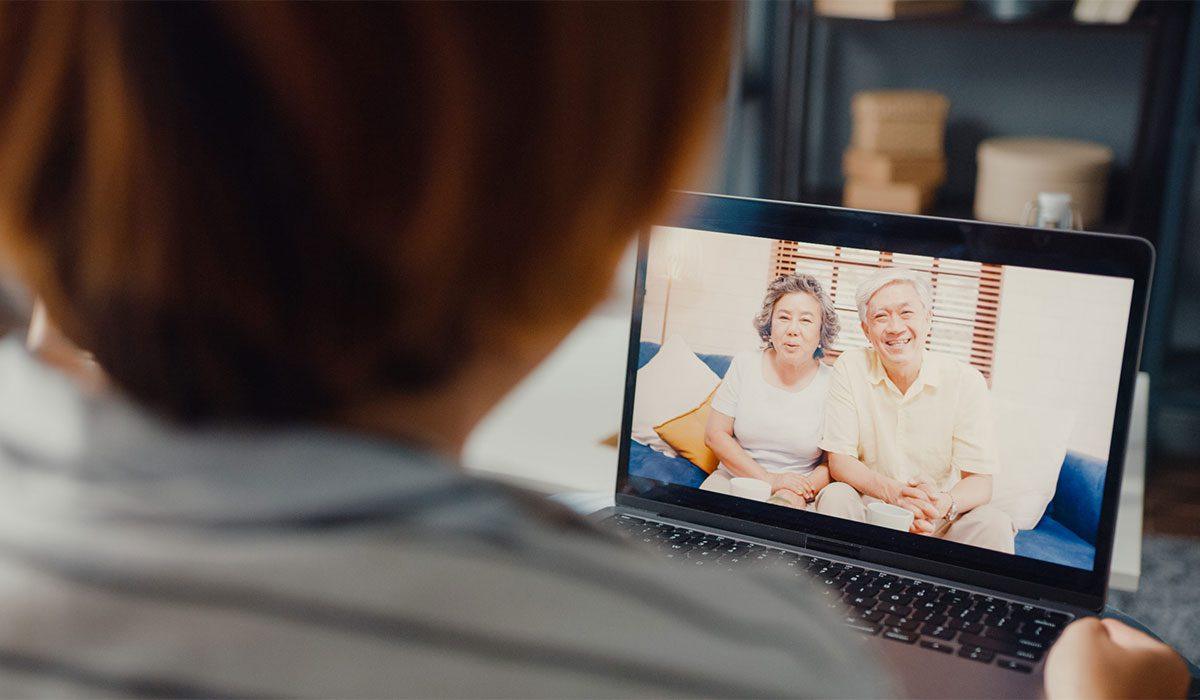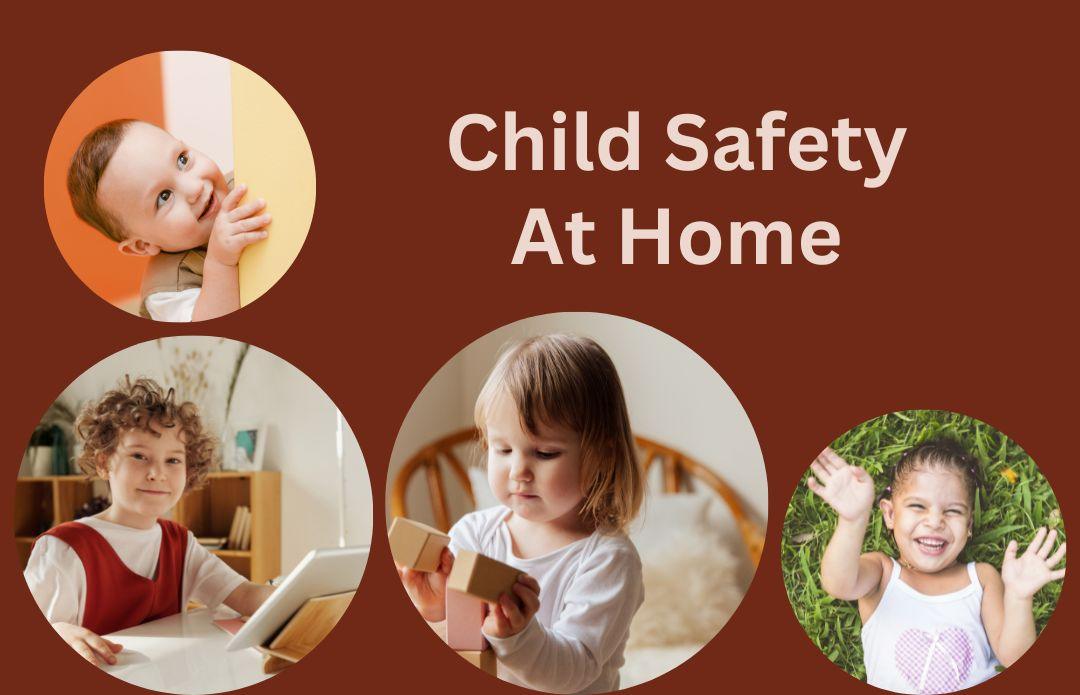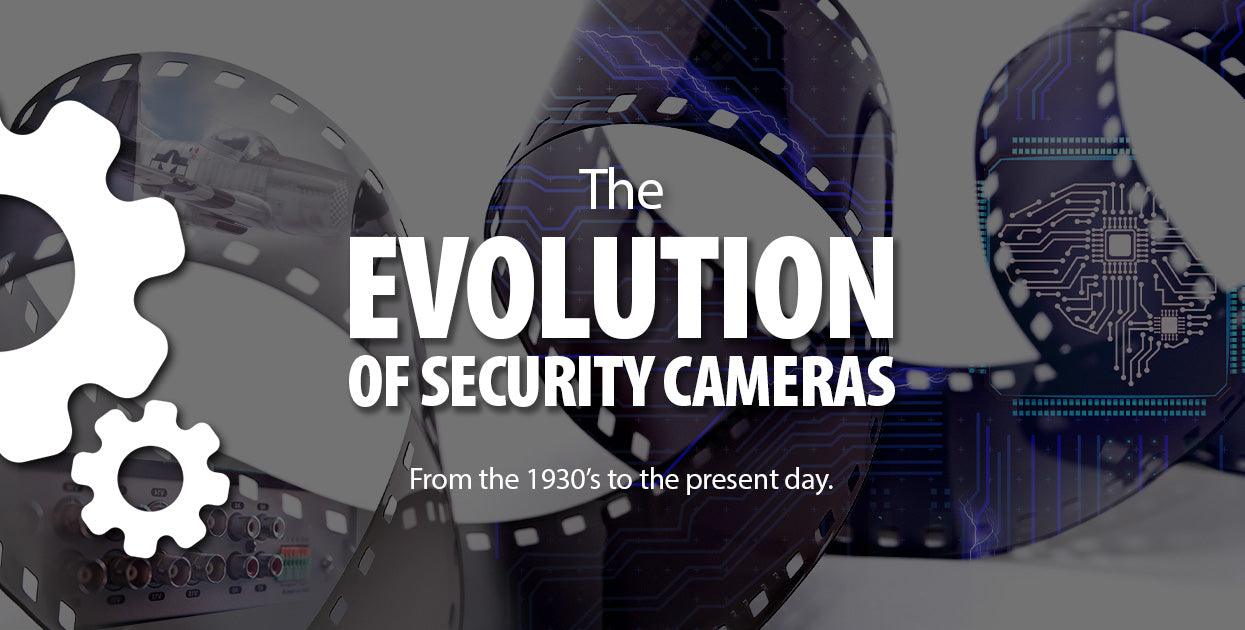As our parents age, ensuring their safety and well-being becomes a priority, especially if they live alone. The balance between respecting their independence and providing the necessary support can be challenging. Monitoring elderly parents who live alone is crucial not just for their safety but also for their overall health and quality of life. With advances in technology and community support, there are now many effective ways to ensure our elderly parents are well cared for without infringing on their autonomy. This blog explores the potential risks elderly individuals face, how to monitor their well-being, and the importance of community support and maintaining a balance between independence and safety.
5 Common risks faced by elderly individuals living alone
Elderly individuals living alone face numerous risks that can compromise their safety and health. Understanding these risks is the first step in implementing effective monitoring strategies.
1. Falls and Mobility Issues
Falls are one of the leading causes of injury among the elderly. Reduced mobility and balance issues can increase the likelihood of falls, which can lead to fractures, head injuries, and other serious health complications.
2. Medical Emergencies
Conditions such as heart attacks, strokes, and diabetic emergencies can occur suddenly and require immediate medical attention. Living alone means that there may be no one present to call for help promptly.
3. Medication Management Problems
Many elderly individuals take multiple medications daily, which can be challenging to manage. Missed doses or incorrect medication intake can lead to adverse health effects and complications.
4. Cognitive Decline and Memory Issues
Cognitive decline, including dementia and Alzheimer's disease, can impair judgment and memory, making it difficult for elderly individuals to take care of themselves and maintain their safety.
5. Social Isolation and Mental Health Concerns
Living alone can lead to feelings of loneliness and social isolation, which can negatively impact mental health. Depression and anxiety are common among isolated elderly individuals.

How to Monitor Your Elderly Parents: 3 Basic Methods
Effective monitoring involves a combination of technology and regular personal interaction. Here are some key tools and methods to consider:
1. Use Health Monitoring Wearables
Wearable devices have become increasingly popular for monitoring health. These devices can track various health metrics and alert caregivers to potential issues.
Fitness Trackers and Smartwatches
Devices like Fitbit and Apple Watch can monitor heart rate, physical activity, and sleep patterns. These devices can alert caregivers to abnormal readings or lack of activity, which might indicate health problems. For example, a sudden drop in physical activity could suggest a fall or illness, while abnormal heart rate readings might signal cardiovascular issues. Fitness trackers can also encourage elderly individuals to stay active by setting daily goals and providing reminders to move, which is crucial for maintaining overall health and mobility.
Blood Pressure Monitors
Wearable blood pressure monitors provide continuous blood pressure readings, which can help manage conditions like hypertension. Regular monitoring of blood pressure is essential for elderly individuals as it helps in early detection of any significant changes that might require medical intervention. Consistent high blood pressure can lead to heart diseases, stroke, and other severe health problems. With a wearable monitor, any concerning changes can be immediately communicated to caregivers or healthcare providers, ensuring timely response and management.
ECG Monitors
Some smartwatches offer electrocardiogram (ECG) monitoring, which can detect irregular heart rhythms and other cardiac issues. These devices can be particularly valuable for elderly individuals with known heart conditions. The ECG feature allows for continuous monitoring and can alert both the user and caregivers if any anomalies are detected. This proactive approach can prevent serious complications by providing early warning signs that enable prompt medical evaluation and treatment.

2. Install Indoor and Outdoor Security Cameras
Security cameras are valuable tools for ensuring the safety of elderly parents inside and outside their homes.
Indoor Cameras
Placing indoor cameras in key areas like the living room, kitchen, and hallways can help monitor daily activities and detect any unusual behavior or emergencies. Indoor cameras can provide peace of mind by allowing caregivers to check in remotely and ensure that everything is normal. For example, if an elderly parent has not been seen in the living room or kitchen for an extended period, it might indicate a problem, prompting a check-in call or visit.
Outdoor Cameras
Outdoor cameras can monitor the surroundings, providing a view of who comes and goes, and enhancing security against potential intruders. They can also be useful in ensuring that elderly parents are safe when they go outside, such as when checking the mail or taking a walk. Features like motion detection can alert caregivers to any unexpected movements around the house, enhancing overall security.
Features of Security Cameras to Look For
When choosing security cameras, look for features like motion detection, live streaming, night vision, and emergency alert systems. Motion detection can alert caregivers to any unusual movements, while live streaming allows for real-time monitoring. Night vision ensures that the cameras are effective even in low-light conditions, and emergency alert systems can provide immediate notifications in case of an incident.
For comprehensive protection to your loved ones, aosu is your reliable partner. We provide both indoor and outdoor cameras, and you can consider our camera kits for enhanced surveillance for your home security and family safety.

3. Emergency Buttons
Emergency buttons can be worn as pendants or wristbands. When pressed, they send an alert to emergency services or designated contacts. These devices are designed to be easy to use, even for those with limited mobility or dexterity. They can provide a direct line of communication to help, ensuring that assistance is available when needed most.
These devices are particularly valuable for those who live alone, as they ensure that emergencies can be quickly addressed, reducing the risk of severe complications or prolonged distress.
Additional Monitoring Solutions for Your Elderly Parents
In addition to the above tools, several other solutions can help monitor and support elderly parents living alone.
1. Virtual Doctor Visits
Telehealth has revolutionized healthcare, making it easier for elderly individuals to access medical care without leaving their homes.
Regular check-ups, medication management, and consultations with specialists can be conducted virtually, reducing the need for travel and exposure to illnesses. Telehealth allows for continuous monitoring of chronic conditions, timely interventions, and personalized care plans. It also enables easy access to healthcare providers, making it simpler to address health concerns promptly.
Keep in mind: Ensure your elderly parent has the necessary devices (like a tablet or computer) and a reliable internet connection. Familiarize them with the process of setting up and attending virtual appointments. Provide guidance on using the telehealth platform, scheduling appointments, and troubleshooting any technical issues. Regular virtual visits can help maintain their health and well-being, ensuring they receive consistent medical attention.
2. Assessing Individual Needs
Consider health conditions, mobility, cognitive abilities, and lifestyle when choosing monitoring tools and services. For example, an elderly parent with limited mobility might benefit more from a combination of fall detection systems and health monitoring wearables, while those with cognitive decline might need additional support with medication management and regular check-ins.
Select devices and services that are user-friendly and reliable. Ensure they meet the specific requirements of your elderly parent. Involve them in the decision-making process to ensure they are comfortable with the chosen solutions. This collaborative approach can increase their willingness to use the devices and enhance their overall effectiveness.
3. Maintaining Regular Contact with Your Parents
Schedule regular calls and video chats to check in on their health and daily activities. This also provides emotional support and helps maintain a strong connection. Regular communication can help identify any emerging issues early and ensure that your elderly parent feels supported and cared for.
If possible, visit regularly to provide in-person support and assess their living conditions and health. In-person visits can help you better understand their needs and address any concerns directly. They also provide an opportunity for social interaction, which is vital for mental and emotional well-being.
4. Community Support
Leveraging community resources can provide additional support and enhance the quality of care for elderly parents. There are numerous resources available that can help elderly individuals live safely and comfortably. Besides, local senior centers offer various programs, activities, and social opportunities that can help reduce isolation and improve mental health. These centers often provide recreational activities, fitness classes, and social events that can keep elderly individuals active and engaged.
5. Balancing Independence and Safety
Ensuring safety while respecting an elderly parent's independence requires a thoughtful approach. Involve your elderly parent in decision-making about their care and monitoring. Respect their preferences and concerns. This respect for their autonomy can help maintain their dignity and sense of control over their lives.
Modify their living space to enhance safety without making it feel restrictive. For example, install grab bars, remove tripping hazards, and ensure adequate lighting. These modifications can make their home safer while preserving a sense of normalcy and comfort.
Use technology to monitor their health and safety discreetly. Ensure they understand and are comfortable with the devices and systems in place. Regularly educate them about the benefits and functionality of technology to alleviate any concerns.

Conclusion
Monitoring elderly parents who live alone is essential for their safety, health, and overall well-being. By understanding the risks they face and implementing appropriate monitoring solutions, we can provide the support they need while respecting their independence. Combining technology with personal interaction and community support ensures a comprehensive approach to elderly care. As we navigate this journey, it's crucial to maintain a balance between safety and autonomy, ensuring our parents live comfortably and securely.










Leave a comment
This site is protected by hCaptcha and the hCaptcha Privacy Policy and Terms of Service apply.